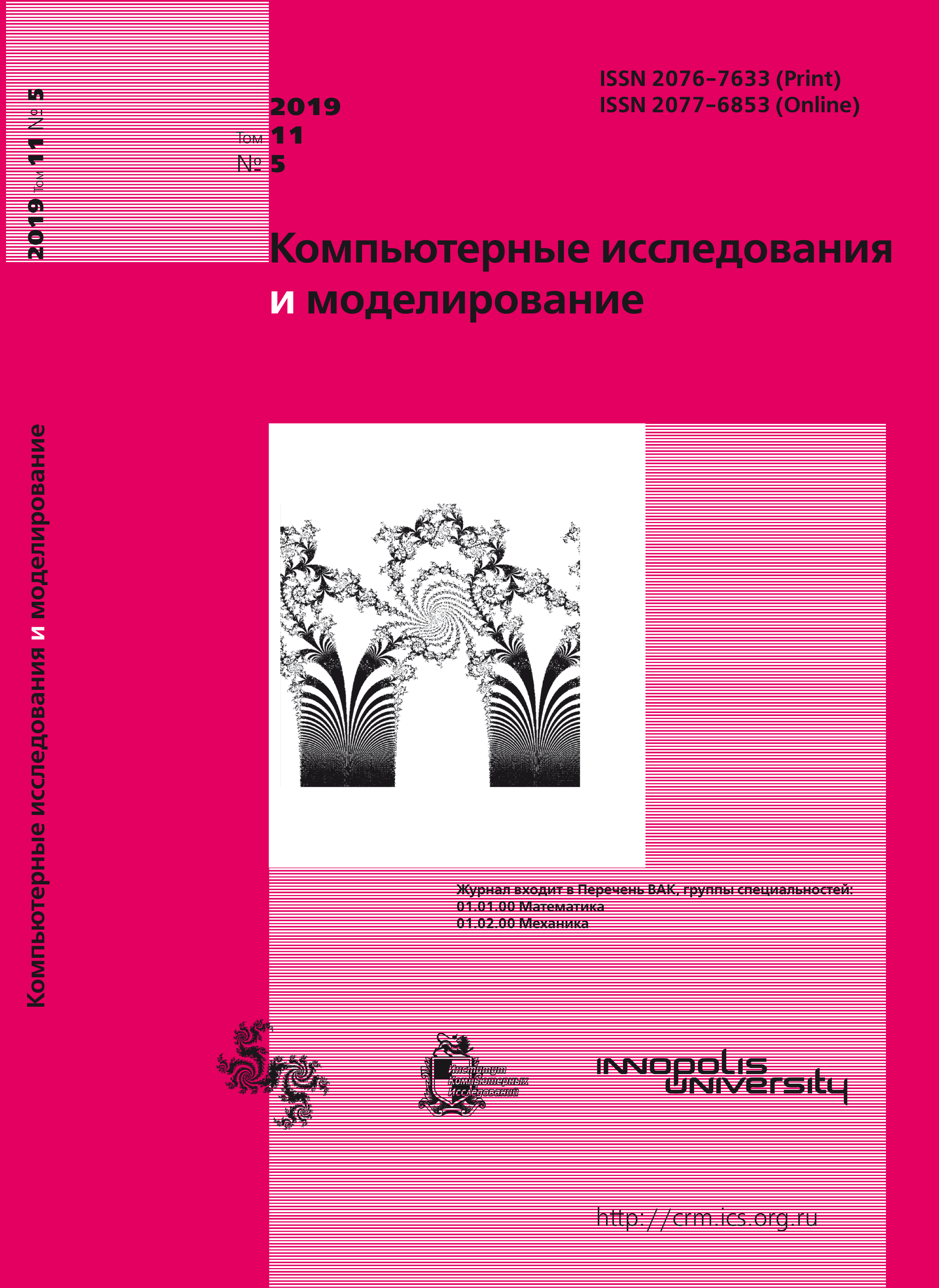All issues
- 2024 Vol. 16
- Issue 1 (special issue)
- 2023 Vol. 15
- 2022 Vol. 14
- 2021 Vol. 13
- 2020 Vol. 12
- 2019 Vol. 11
- 2018 Vol. 10
- 2017 Vol. 9
- 2016 Vol. 8
- 2015 Vol. 7
- 2014 Vol. 6
- 2013 Vol. 5
- 2012 Vol. 4
- 2011 Vol. 3
- 2010 Vol. 2
- 2009 Vol. 1
Quantitative analysis of “structure – anticancer activity” and rational molecular design of bi-functional VEGFR-2/HDAC-inhibitors
 pdf (499K)
pdf (499K)
Inhibitors of histone deacetylases (HDACi) have considered as a promising class of drugs for the treatment of cancers because of their effects on cell growth, differentiation, and apoptosis. Angiogenesis play an important role in the growth of most solid tumors and the progression of metastasis. The vascular endothelial growth factor (VEGF) is a key angiogenic agent, which is secreted by malignant tumors, which induces the proliferation and the migration of vascular endothelial cells. Currently, the most promising strategy in the fight against cancer is the creation of hybrid drugs that simultaneously act on several physiological targets. In this work, a series of hybrids bearing N-phenylquinazolin-4-amine and hydroxamic acid moieties were studied as dual VEGFR-2/HDAC inhibitors using simplex representation of the molecular structure and Support Vector Machine (SVM). The total sample of 42 compounds was divided into training and test sets. Five-fold cross-validation (5-fold) was used for internal validation. Satisfactory quantitative structure—activity relationship (QSAR) models were constructed (R2test = 0.64–0.87) for inhibitors of HDAC, VEGFR-2 and human breast cancer cell line MCF-7. The interpretation of the obtained QSAR models was carried out. The coordinated effect of different molecular fragments on the increase of antitumor activity of the studied compounds was estimated. Among the substituents of the N-phenyl fragment, the positive contribution of para bromine for all three types of activity can be distinguished. The results of the interpretation were used for molecular design of potential dual VEGFR-2/HDAC inhibitors. For comparative QSAR research we used physicochemical descriptors calculated by the program HYBOT, the method of Random Forest (RF), and on-line version of the expert system OCHEM (https://ochem.eu). In the modeling of OCHEM PyDescriptor descriptors and extreme gradient boosting was chosen. In addition, the models obtained with the help of the expert system OCHEM were used for virtual screening of 300 compounds to select promising VEGFR-2/HDAC inhibitors for further synthesis and testing.
Indexed in Scopus
Full-text version of the journal is also available on the web site of the scientific electronic library eLIBRARY.RU
The journal is included in the Russian Science Citation Index
The journal is included in the RSCI
International Interdisciplinary Conference "Mathematics. Computing. Education"






